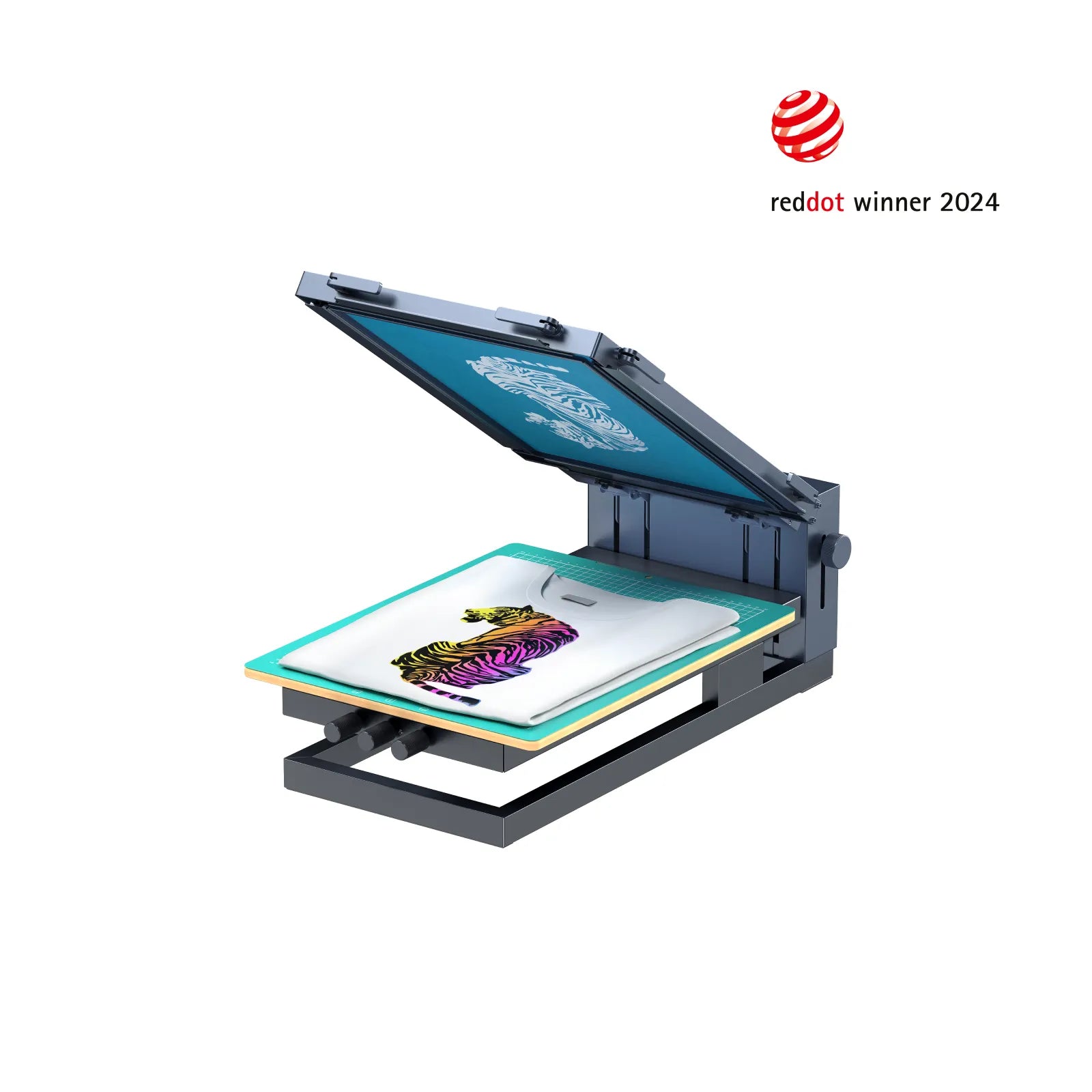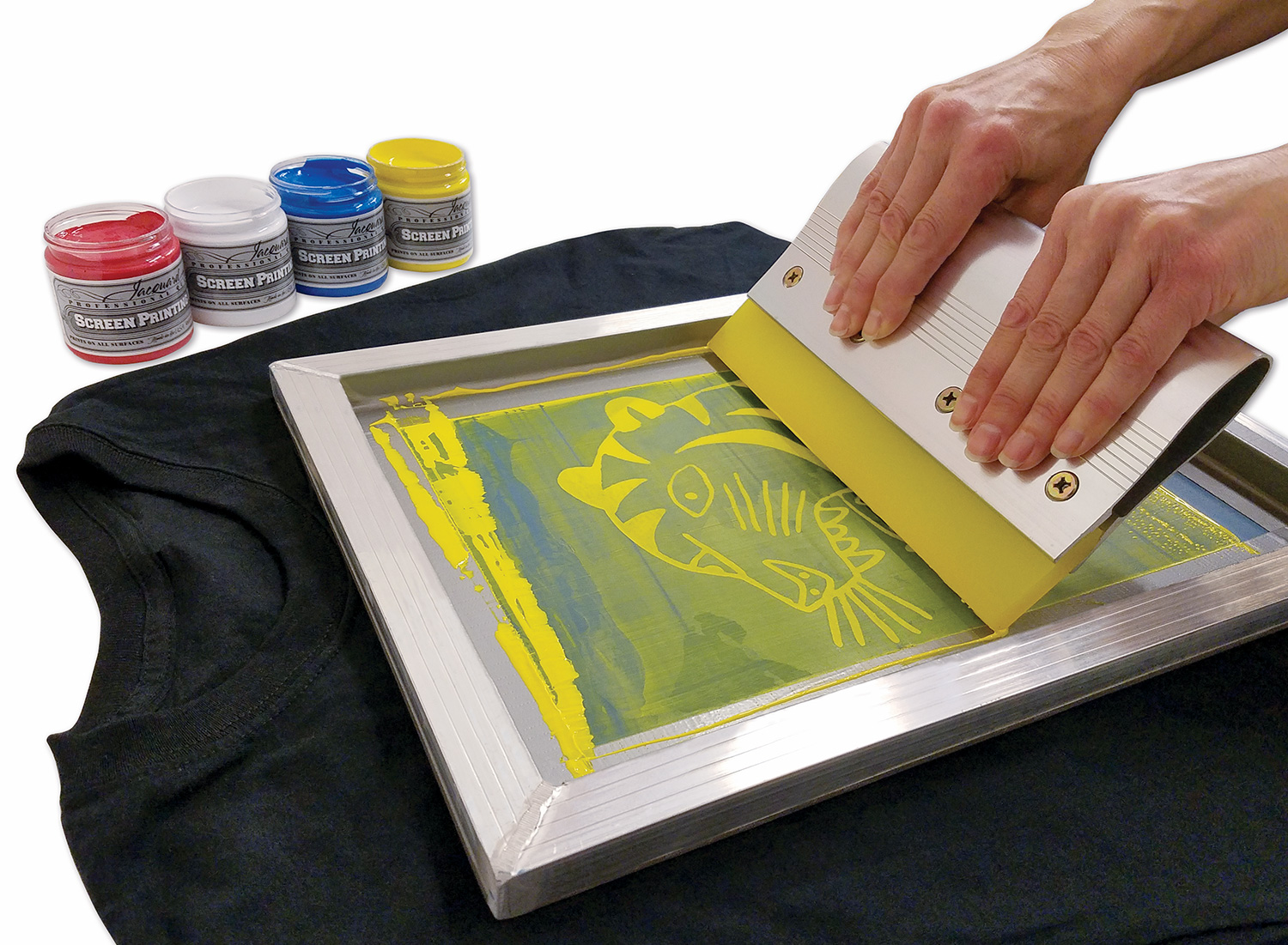The Crucial Overview to Understanding Screen Printing and Its Versatile Utilizes
Screen printing has a rich background that goes back to old times, evolving right into an innovative technique made use of throughout different sectors today. This guide explores the intricacies of the screen printing procedure, describing its applications in advertising and marketing, fashion, and home decoration - 10:9 Design Texas. Understanding these principles can open up creative possibility for both industrial and imaginative jobs. The following sections will certainly disclose crucial pointers and techniques to boost one's screen printing ventures
The History of Screen Printing
Screen printing has roots that map back centuries, its advancement shows the technical and imaginative improvements of various societies. Originating in old China, the technique was at first utilized for decorating fabrics and later infect Japan, where it came to be indispensable to Ukiyo-e woodblock printing. The approach moved to Europe in the 18th century, where it obtained appeal among craftsmens and business printers. The innovation of picture solution in the 20th century changed screen printing, allowing for even more detailed designs and greater performance. Musicians like Andy Warhol even more drove its appeal, making use of the medium to produce renowned jobs that combined commercialism and art. By the late 20th century, screen printing had established itself as a versatile strategy, utilized in style, marketing, and art. Today, it remains to advance, integrating digital innovation and expanding its applications throughout numerous sectors.
The Screen Printing Process Explained
Screen printing changes creative visions right into concrete styles via a collection of accurate actions. Originally, a photo is created and afterwards transferred onto a screen, typically made of fine mesh textile stretched over a framework. A light-sensitive solution is related to the screen, which is exposed to light, setting in locations not covered by the picture. After washing out the unhardened emulsion, a pattern is developed.
Next off, the screen is placed over the substratum, whether it be fabric, paper, or an additional product. Ink is after that pressed through the open areas of the pattern making use of a squeegee, depositing the layout onto the substrate listed below. This process can be repeated for numerous shades, calling for separate screens for each and every tone. The printed item is healed using warm to ensure the ink adheres properly, resulting in a durable, lively design ready for use.
Kinds Of Screen Printing Techniques

Furthermore, specialty methods, such as discharge screen printing, remove dye from the textile to produce softer prints, while aluminum foil screen printing uses metallic foil to attain a glossy coating (10:9 Design Embroidery). Each method offers unique characteristics, satisfying different innovative needs and manufacturing ranges, ultimately increasing the possibilities within the screen printing domain
Applications of Screen Printing in Various Industries

Additionally, the signage and marketing industries use screen printing for creating eye-catching screens and banners. This technique enables vibrant shades and detailed styles that catch focus. In electronics, screen printing is utilized for applying conductive inks to circuit boards, vital for element connections. The home style industry welcomes screen printing to create distinctive designs on textiles and wall art. On the whole, screen printing offers as a vital device throughout diverse areas, enhancing products with individualized and aesthetically appealing graphics.
Tips for Successful Screen Printing Projects
While embarking on a screen printing project, cautious interest to information can significantly improve the last outcome. First, selecting high-grade materials is essential; this consists of the screen, inks, and substrates. Utilizing appropriate mesh counts can affect ink deposition and information resolution. Preparation is equally essential; extensive cleansing of displays and appropriate exposure times assure crisp prints.
Next, accurate enrollment is important for multi-color prints. Making use of positioning devices can help attain exact layering. In addition, screening prints on scrap materials prior to manufacturing assists determine prospective issues without squandering resources.

Often Asked Questions
What Products Are Ideal for Screen Printing on Textile?
Cotton and polyester blends are excellent for screen printing on textile due to their durability and ink absorption. Furthermore, specialized textiles like silk or canvas can generate unique structures and coatings, boosting the overall design top quality.
Just how Do I Tidy and Maintain Screen Printing Tools?
To preserve and clean up screen printing tools, one need to consistently clean screens with ideal solvents, evaluate mops for wear, oil moving parts, and store all products in a completely dry, dust-free atmosphere to prolong their life expectancy.
What Are the Environmental Impacts of Screen Printing?
Screen printing can have considerable ecological impacts, including chemical waste from inks and solvents, water use throughout cleansing procedures, and power consumption. Eco-friendly products and sustainable methods are important for decreasing these unfavorable results.
Can Screen Printing Be Done in your home Successfully?
Screen printing can be effectively done at home with the best materials and techniques. Hobbyists can develop quality prints, though success depends on their ability level, devices, and understanding of the procedure entailed.
What Are the Prices Connected With Starting a Display Printing Company?

Beginning a screen printing business involves prices for tools, products, and workspace. Initial costs normally range from a few hundred to several thousand bucks, relying on the scale, top quality of machinery, and preferred manufacturing capability.
Screen printing has an abundant background that dates back to ancient times, advancing right into a sophisticated technique used across numerous industries today. Another method, rotary screen printing, employs round displays, promoting continual printing on material rolls, consequently improving performance for massive productions. Furthermore, specialty techniques, such as discharge screen printing, get rid of color from the textile to produce softer prints, while foil screen printing applies metal foil to accomplish a glossy finish. In the fashion market, screen printing is commonly utilized to create lively designs on apparel, allowing brand names to display their special styles. Cotton and polyester blends are perfect for screen printing on textile due to their longevity and ink absorption.